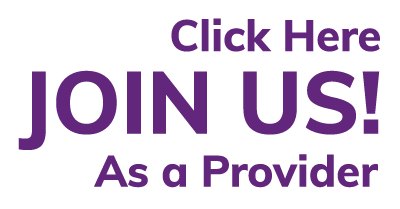Atrial Fibrillation: The Rhythm of Stroke and Heart Failure

What is atrial fibrillation?
Atrial fibrillation is the most common cardiac arrhythmia. Cardiac remodeling results in changes to the atria that eventually cause the change of rhythm. Atrial fibrillation typically occurs when an initiating trigger excites an ectopic focus in the atria, this allows for an unsynchronized firing of electrical impulses which causes fibrillation of the atria. The impulses are irregular, which causes the classic “irregularly irregular” rhythm of atrial fibrillation. Atrial fibrillation leads to turbulent and abnormal flow of blood through the heart which decreases the heart’s effectiveness all while increasing the likelihood of thrombus formation within the atria.
What are the triggers?
Triggers for atrial fibrillation include other acute medical problems such as hyperthyroidism or
pulmonary embolism, inflammation, atrial ischemia, alcohol, illicit drugs, stress, stimulants like
caffeine or cigarettes, and exercise that raises your heart rate.
Symptoms
Atrial fibrillation may or may not have symptoms. The spectrum of symptoms and broad and
nonspecific and can include:
● Palpitations
● Tachycardia
● Fatigue
● Weakness
● Dizziness or lightheadedness
● Reduced ability to exercise
● Mild difficulty breathing
● Angina
Lifestyle Strategies
Untreated atrial fibrillation doubles the risk of heart related death and has a five fold increased
risk for stroke. It is important to implement lifestyle strategies to minimize adverse outcomes of
atrial fibrillation and to start appropriate treatment. Lifestyle modifications include:
● Regular physical activity
● Heart healthy diet: low in salt, saturated fats, trans fats, and cholesterol
● Manage hypertension
● Avoid alcohol, caffeine, and smoking
● Control cholesterol
● Maintain healthy weight
Treatment
The goal of treatment of atrial fibrillation is to reset and control the heartbeat and prevent blood clots. Every patient with atrial fibrillation should be evaluated for the need for antithrombotic therapy by using a risk scoring system called the CHADS-VASc score. The purpose of anticoagulation therapy is to prevent the risk of stroke. Some medications that are used to control the speed of heartbeat include beta blockers, calcium channel blockers, and digoxin. If symptoms of atrial fibrillation are significant, cardioversion either electrically or medically can be attempted. Additionally, AV node ablation, maze procedure and pacemaker implantation can be considered.
Read more about this article here!

This article has been written by Umedoc staff and fully reviewed and liked by Jim Liu, MD.
#medical #telehealth #umedoc

